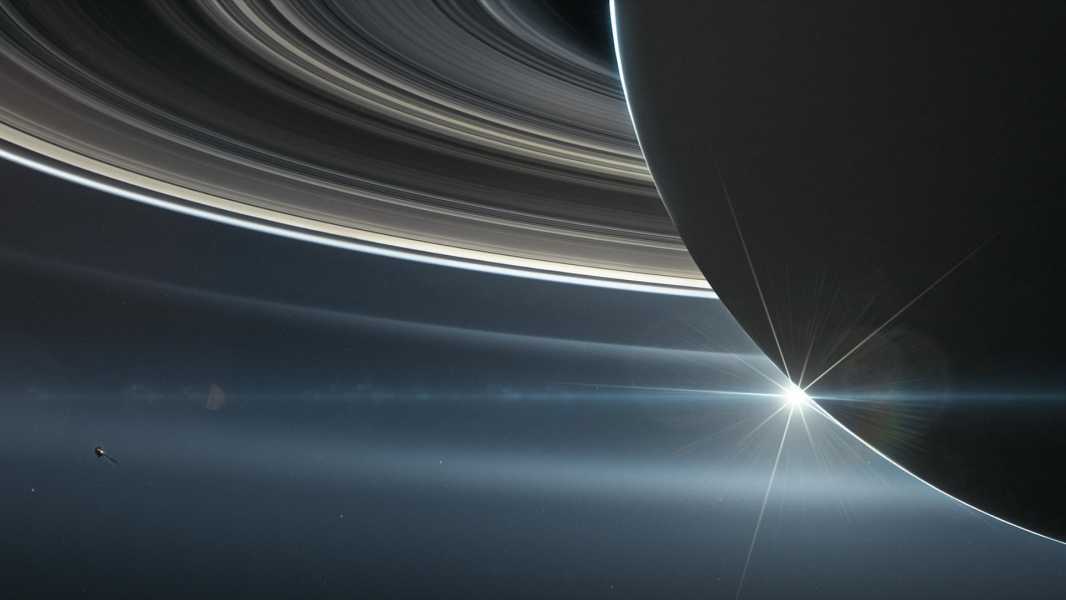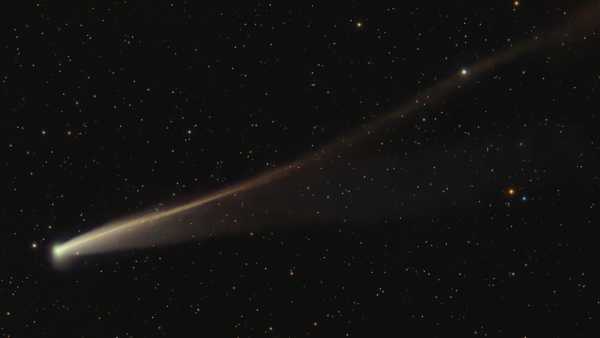
An artist's illustration of Saturn and its rings. (Image credit: NASA/JPL-Caltech)
Astronomers have discovered 128 new moons that have never been seen before orbiting Saturn. That's nearly twice the number of moons of all the other planets in the solar system combined.
The findings further cement Saturn's place as the “king of moons” in our solar system. The latest data shows that the gas giant has 274 known natural satellites orbiting it, putting it well ahead of its closest rival, Jupiter, which has just 95 confirmed moons.
The International Astronomical Union officially confirmed the team's discovery this week. The researchers published their results on March 10 in the journal arXiv, and they have not yet been peer-reviewed.
“Our carefully planned, multi-year campaign yielded many new moons that tell us about the evolution of Saturn's irregular population of natural satellites,” said lead author Edward Ashton, an astronomer at the Institute of Astronomy and Astrophysics, Academia Sinica, Taiwan.
The new moons are found within Saturn's Norse group, a group of moons that orbit retrograde (opposite to the planet's rotation) in elliptical orbits outside Saturn's rings. The 128 newly discovered objects are classified as “irregular” moons, meaning they are only a mile or two across and far from spherical.
Their diminutive size and location suggest that these moons are likely the debris of larger moons that were destroyed in a catastrophic collision — perhaps with other moons of Saturn or a passing comet. This collision could have happened relatively recently, about 100 million years ago, the astronomers say in the study.
The discovery was made using the Canada France Hawaii Telescope (CFHT), which surveyed the skies around Saturn from 2019 to 2021 and found the first 62 additional moons in its orbit. The team also detected faint signals from more orbiting bodies, but were unable to confirm them at the time.
“Knowing that these were probably moons, and that there might be more, we re-surveyed the same patches of sky for three consecutive months in 2023,” Ashton said. “And sure enough, we found 128 new moons. Based on our estimates, I don’t think Jupiter will ever catch up.”
Researchers say they will stop observing the Moon in the coming years, at least until telescopes capable of detecting even fainter objects are developed.
“With current technology, I don't think we can do much more than what's already been done for the moons of Saturn, Uranus and Neptune,” Ashton added.
TOPICS Solar System

Ben TurnerNavigate Social LinksSenior Staff Writer
Ben Turner is a staff writer for Live Science, based in the UK. He covers physics and astronomy, as well as other topics such as technology and climate change. He graduated with a degree in particle physics from University College London before becoming a journalist. When he’s not writing, Ben enjoys reading literature, playing guitar, and being embarrassed at chess.
Before commenting you need to
Sourse: www.livescience.com





